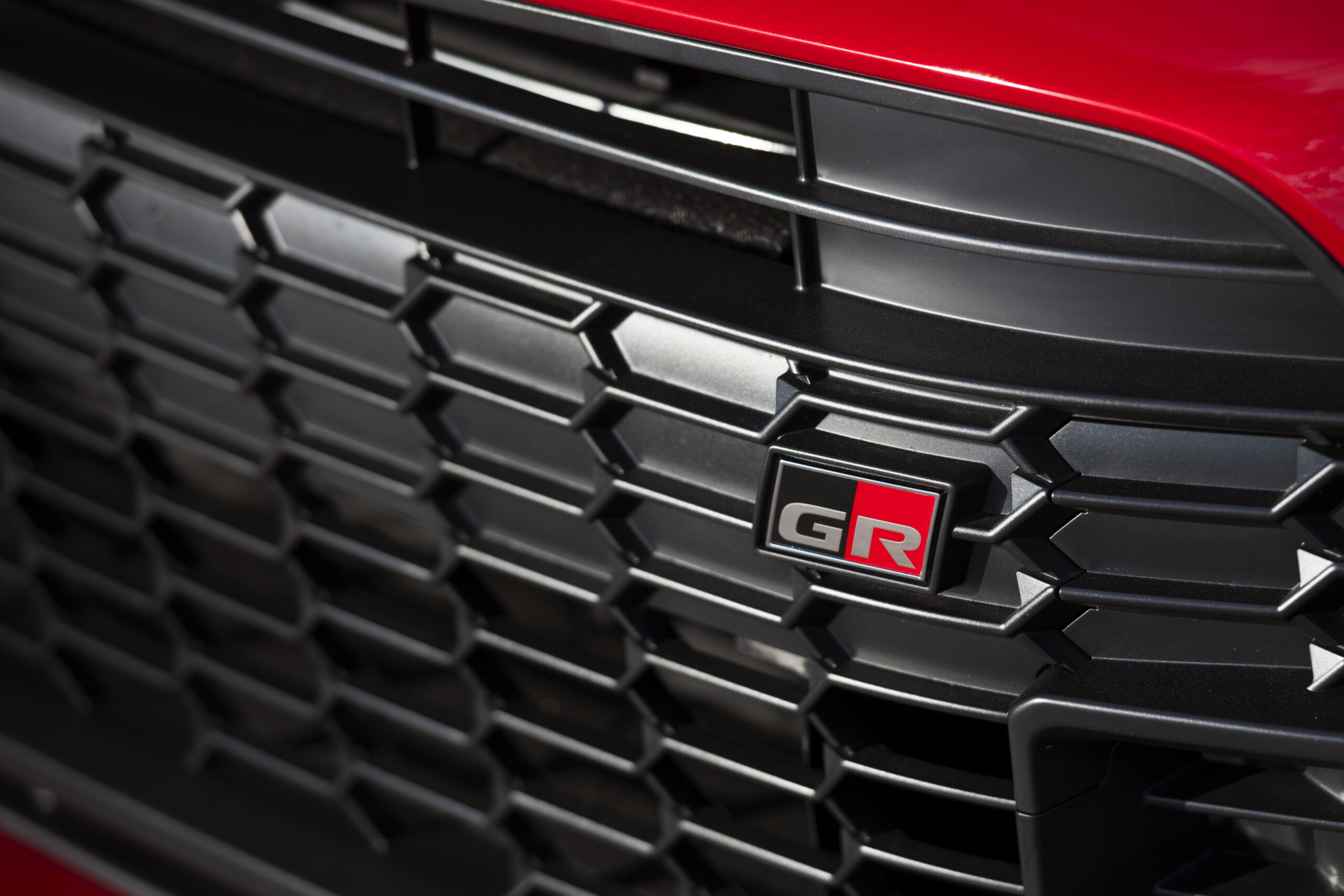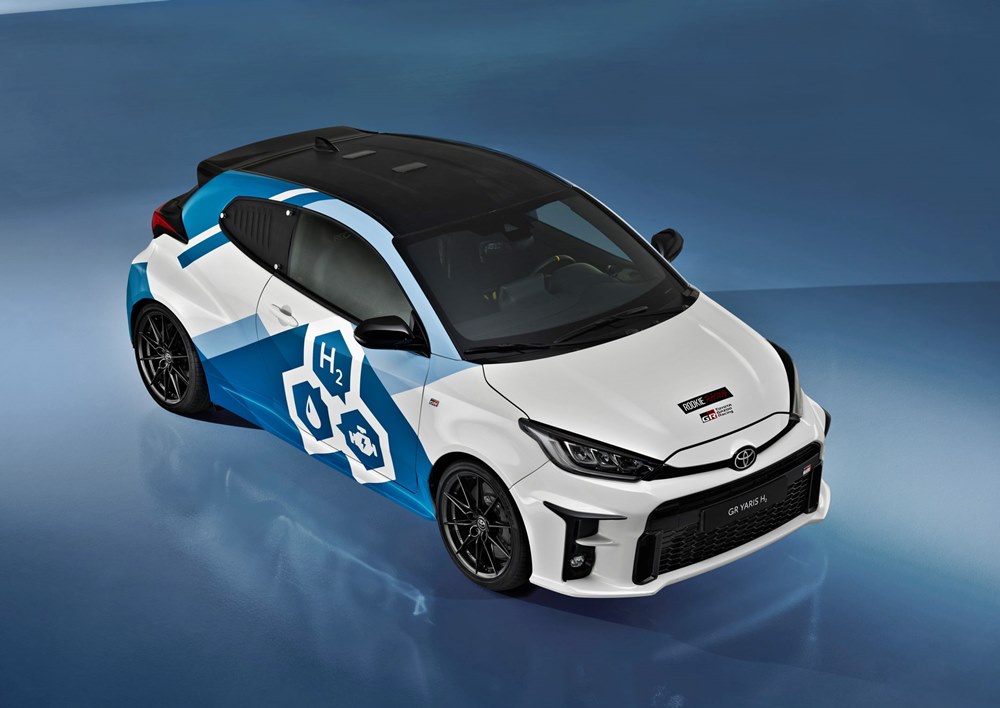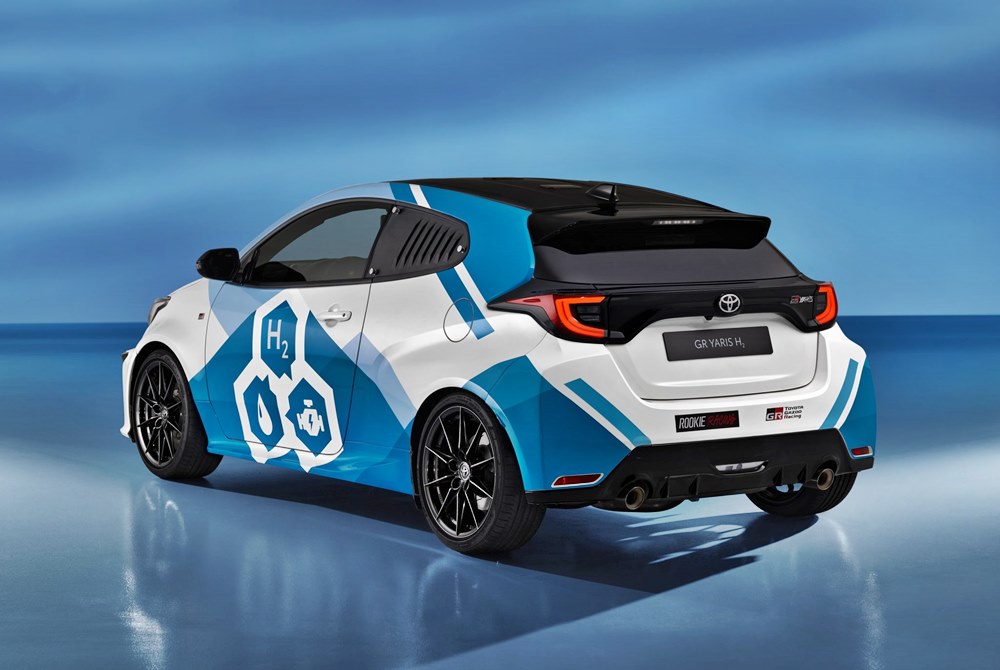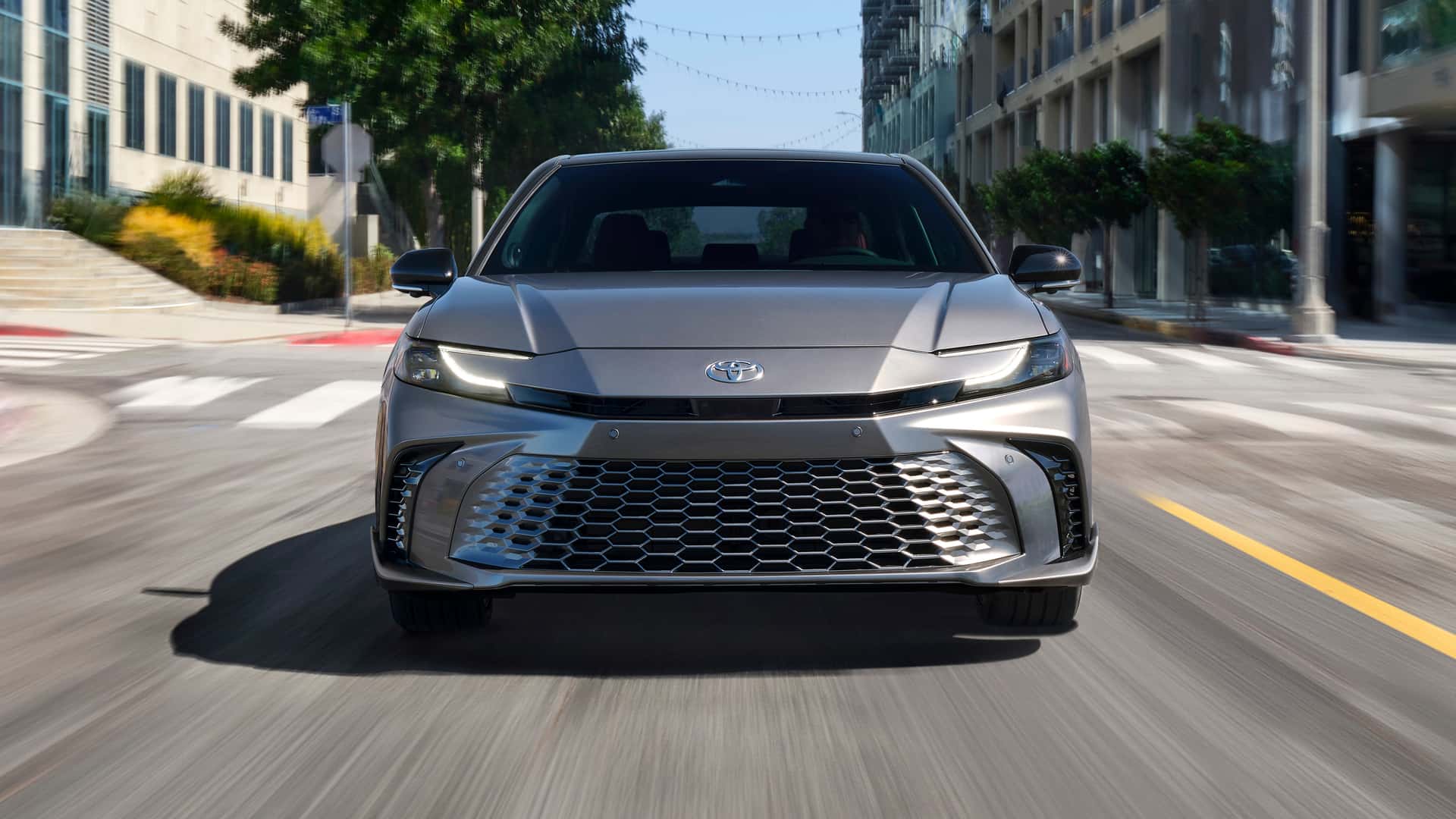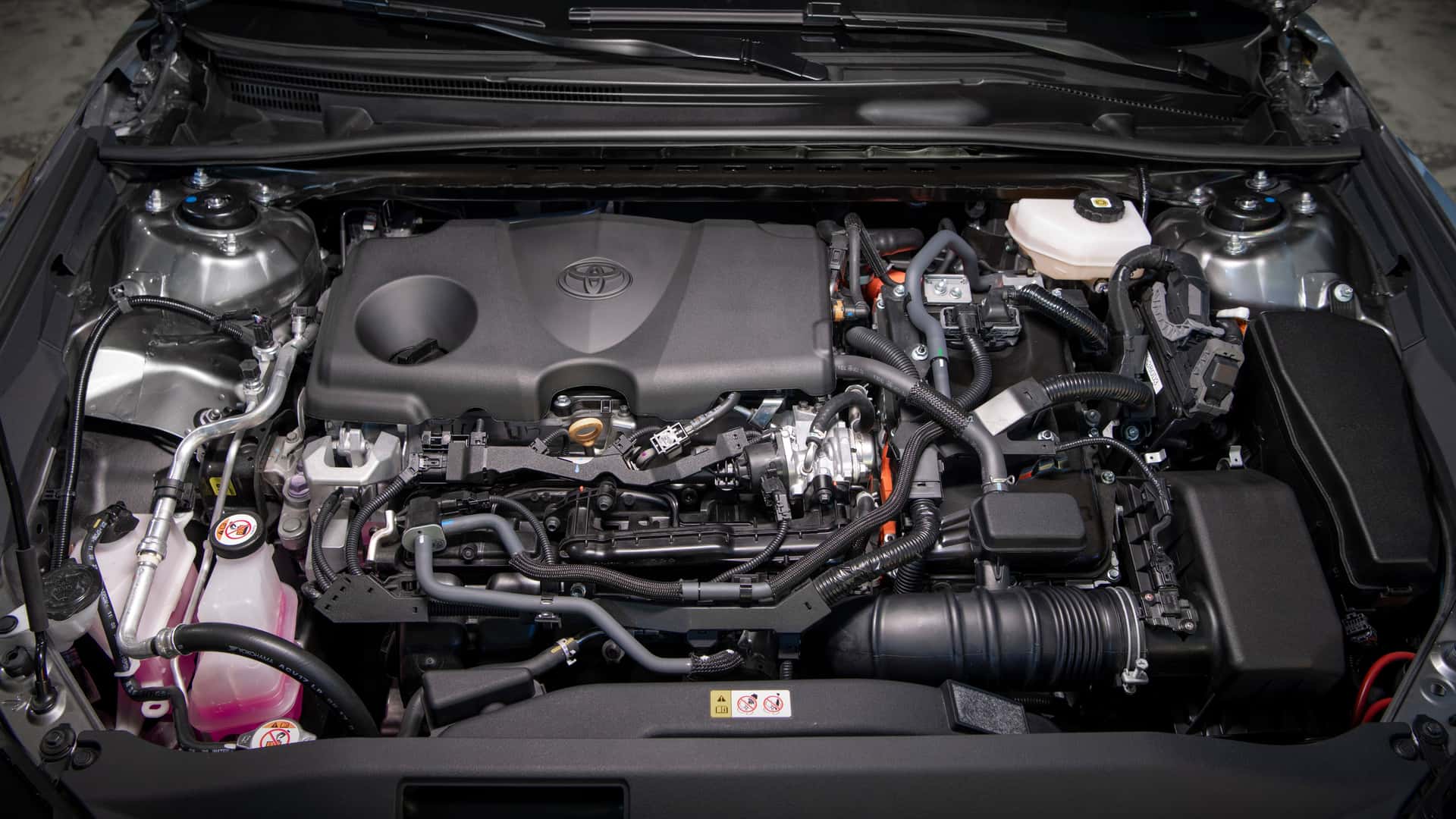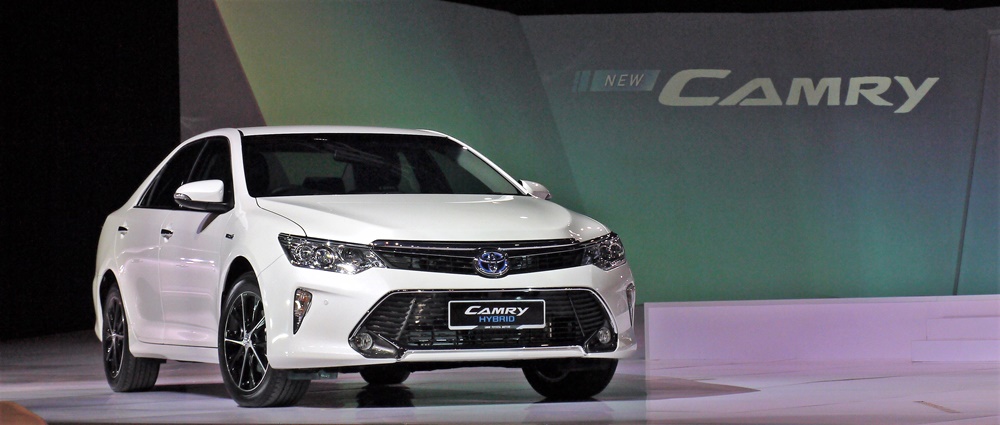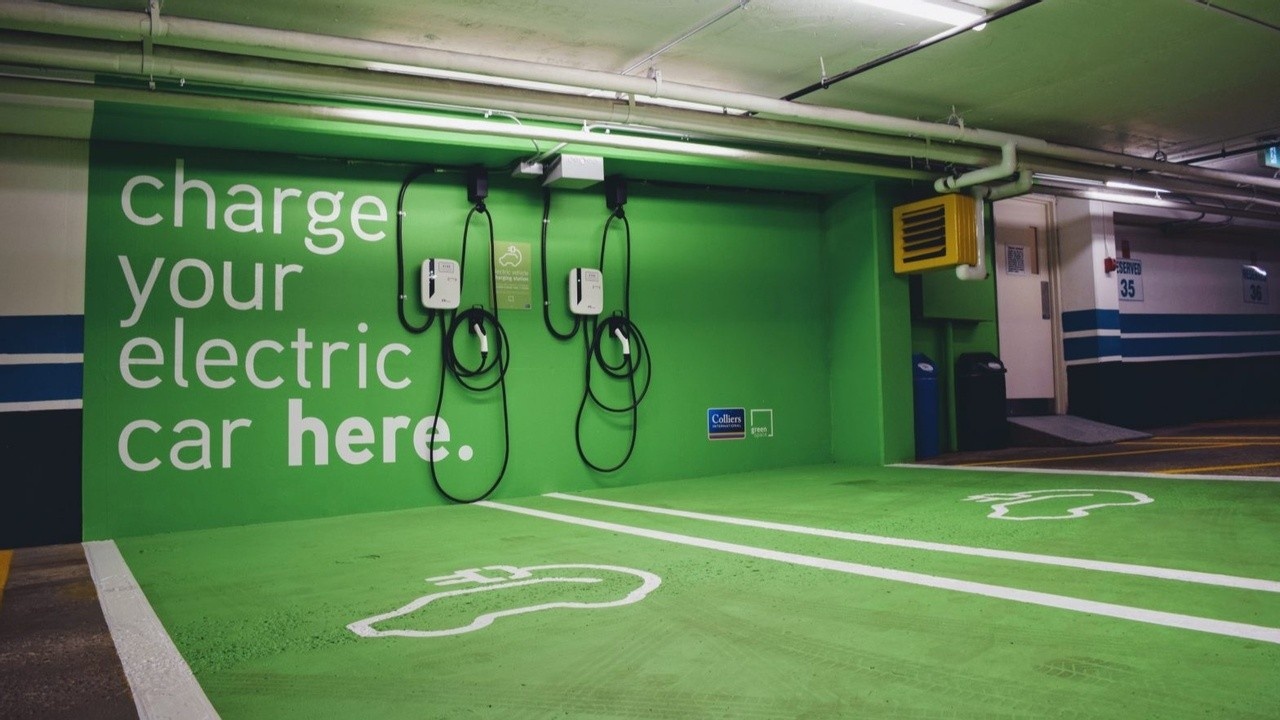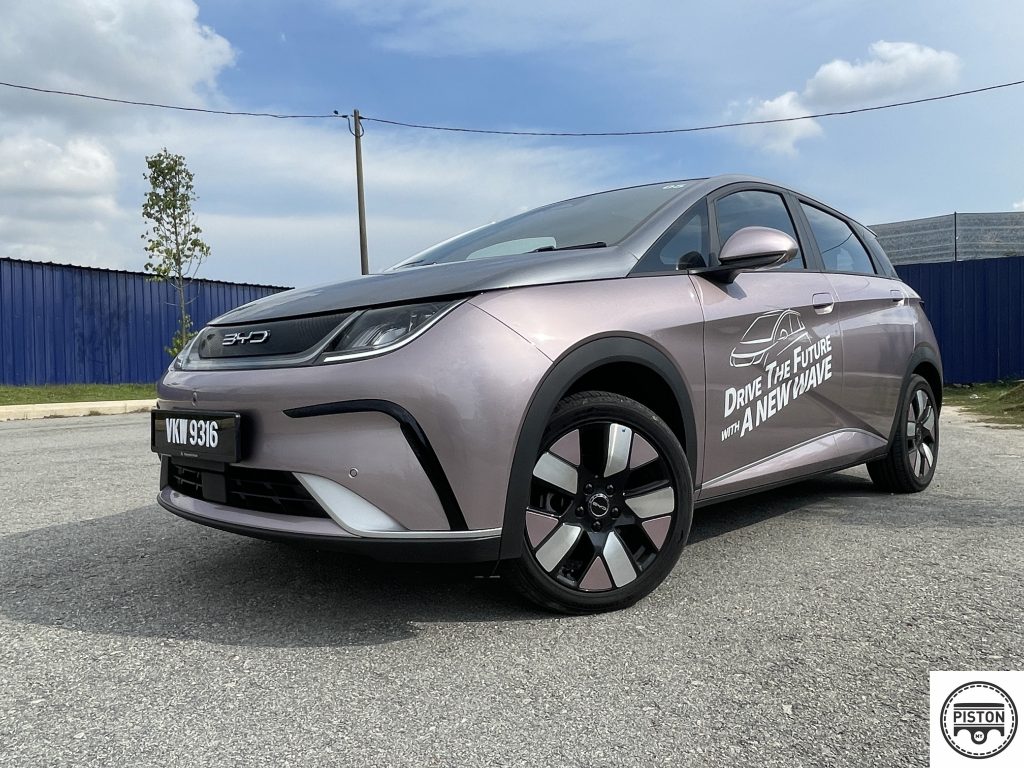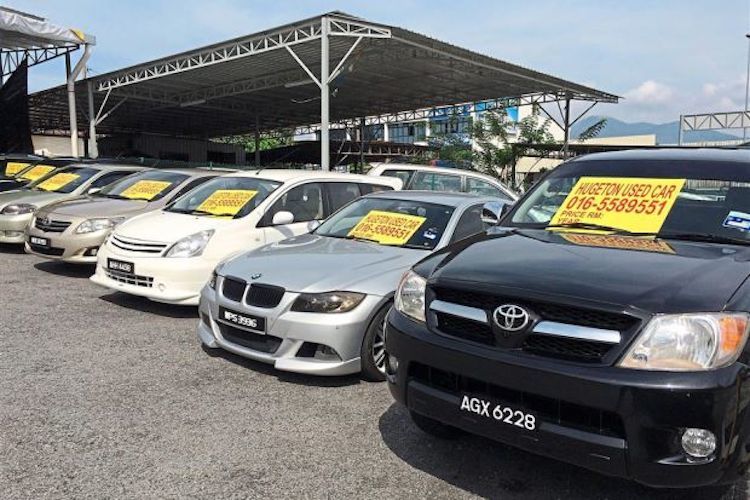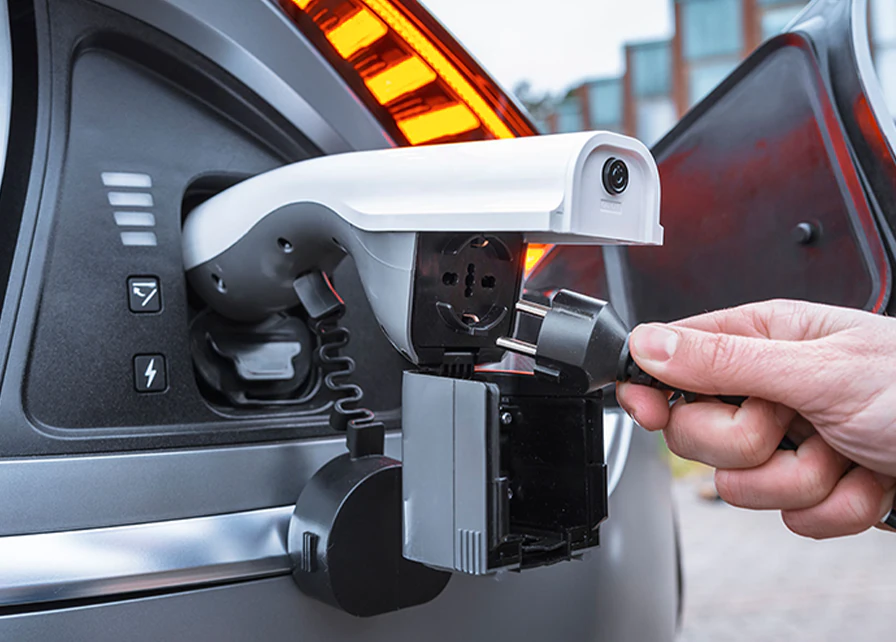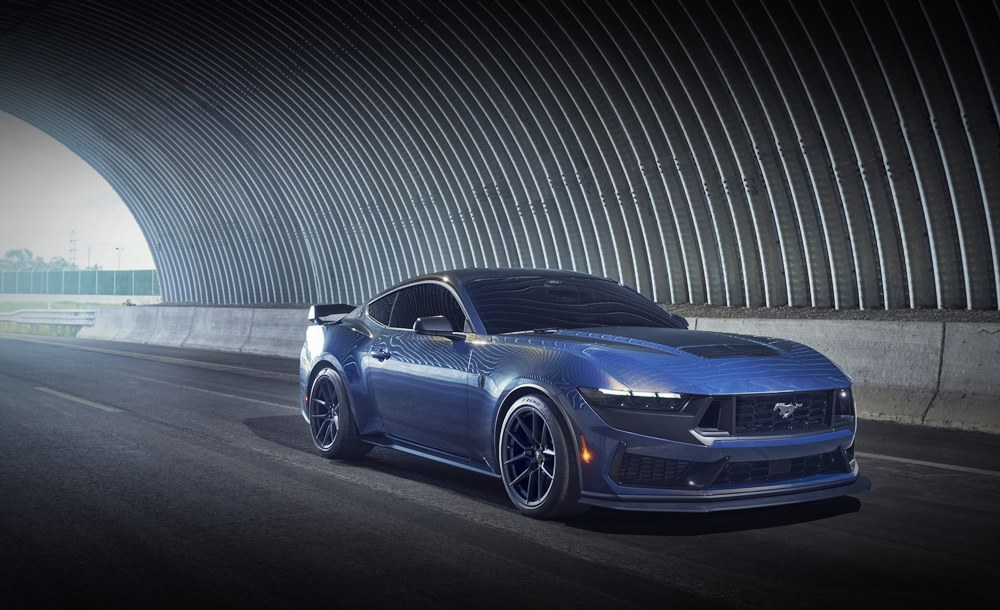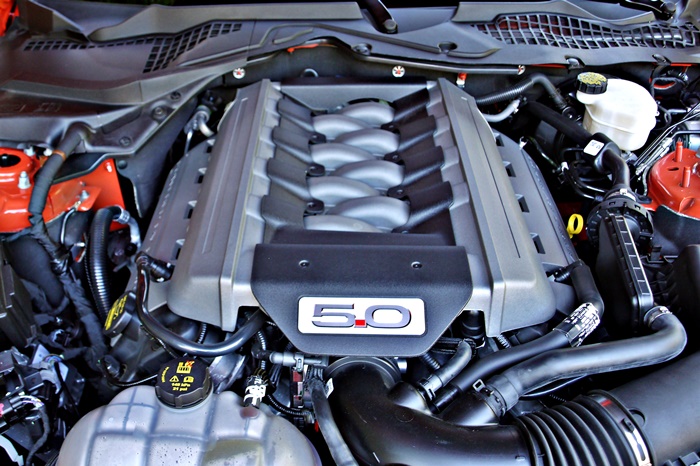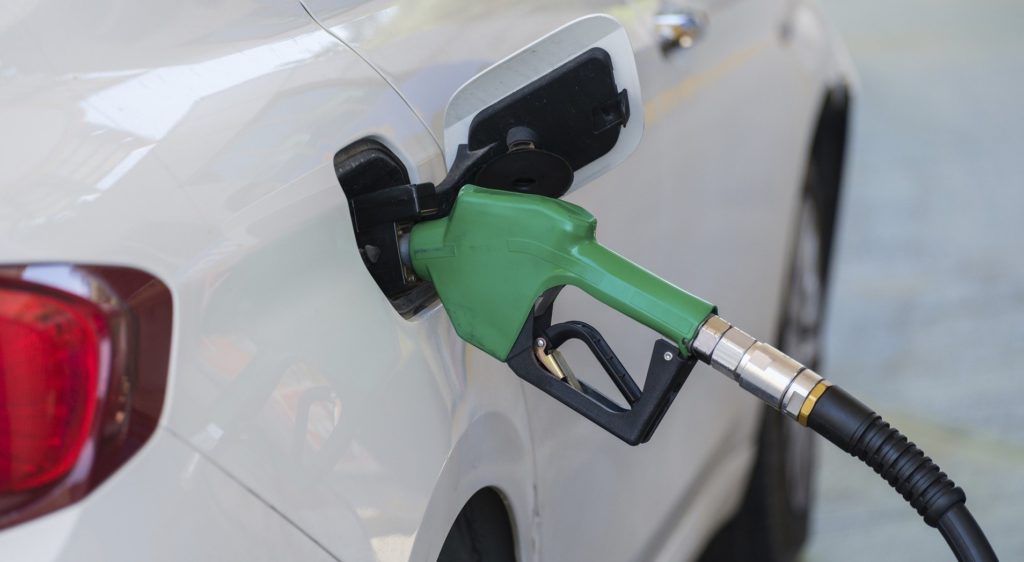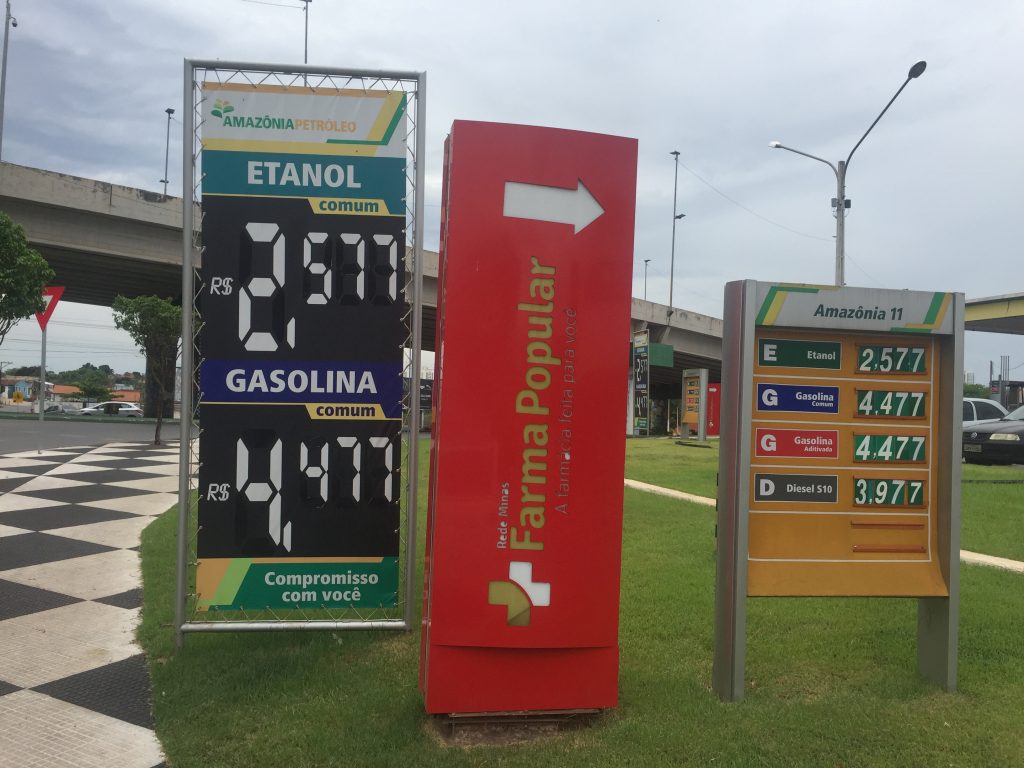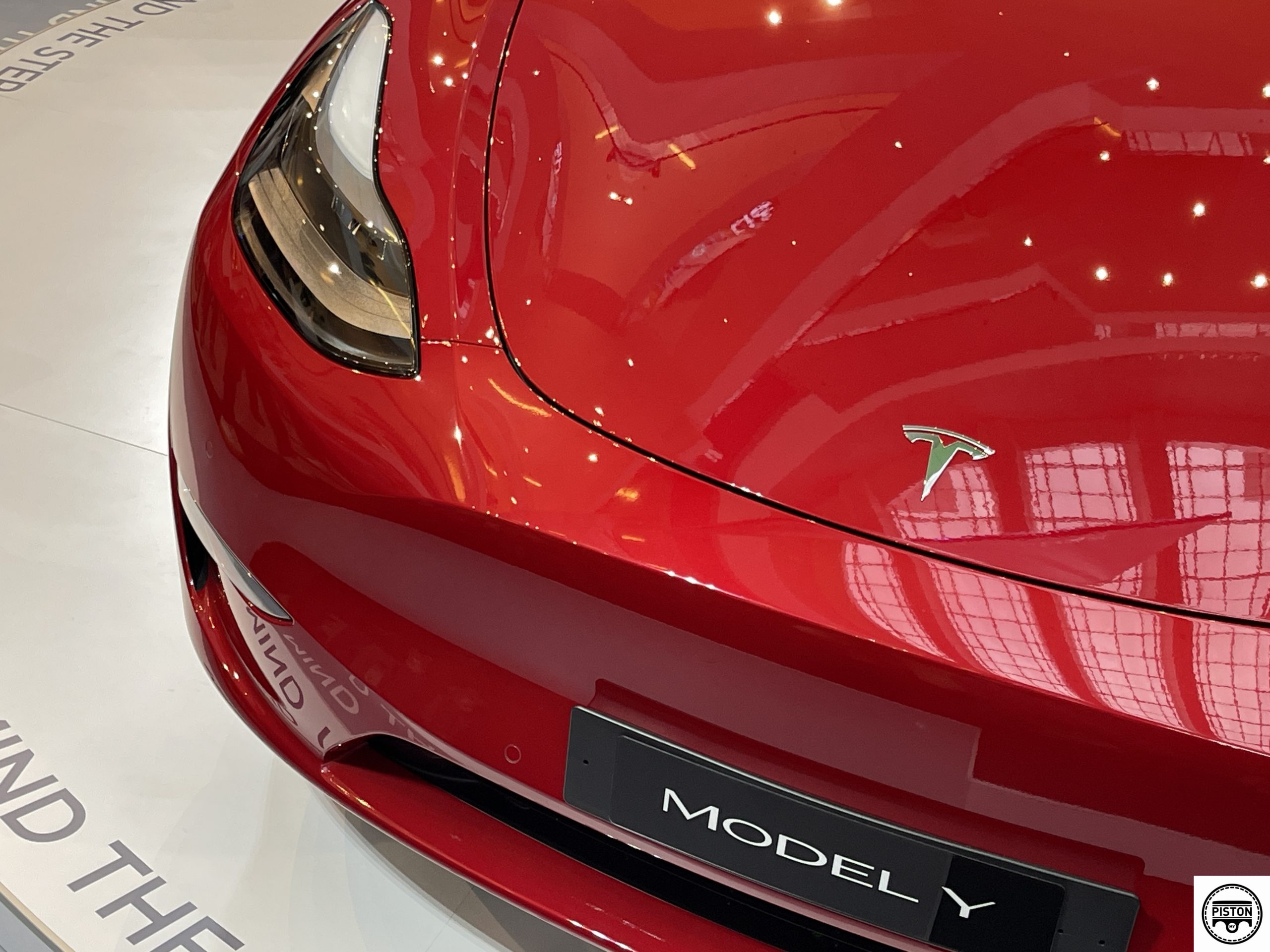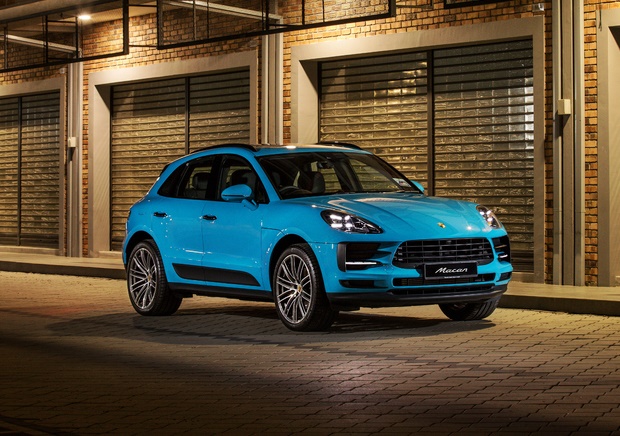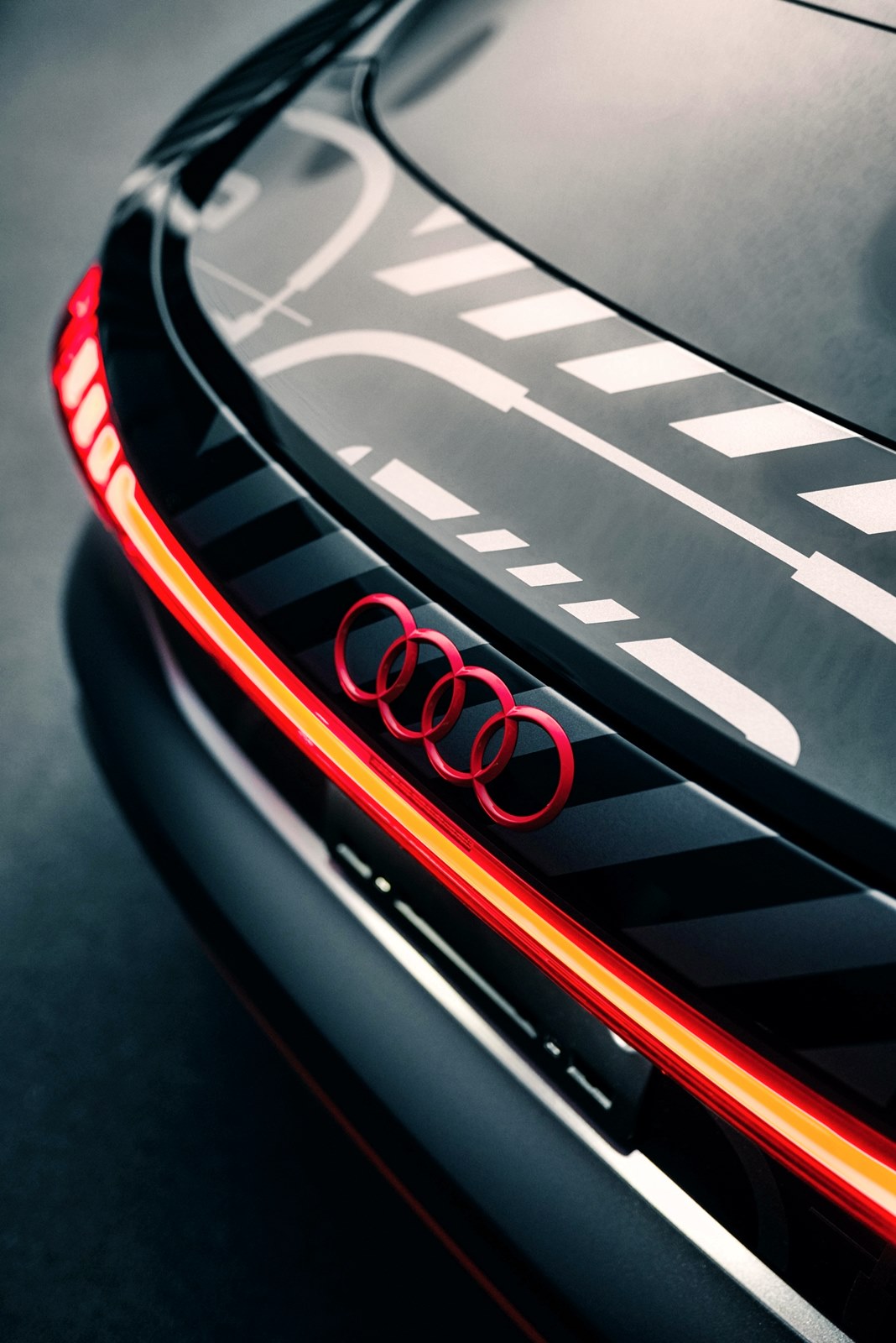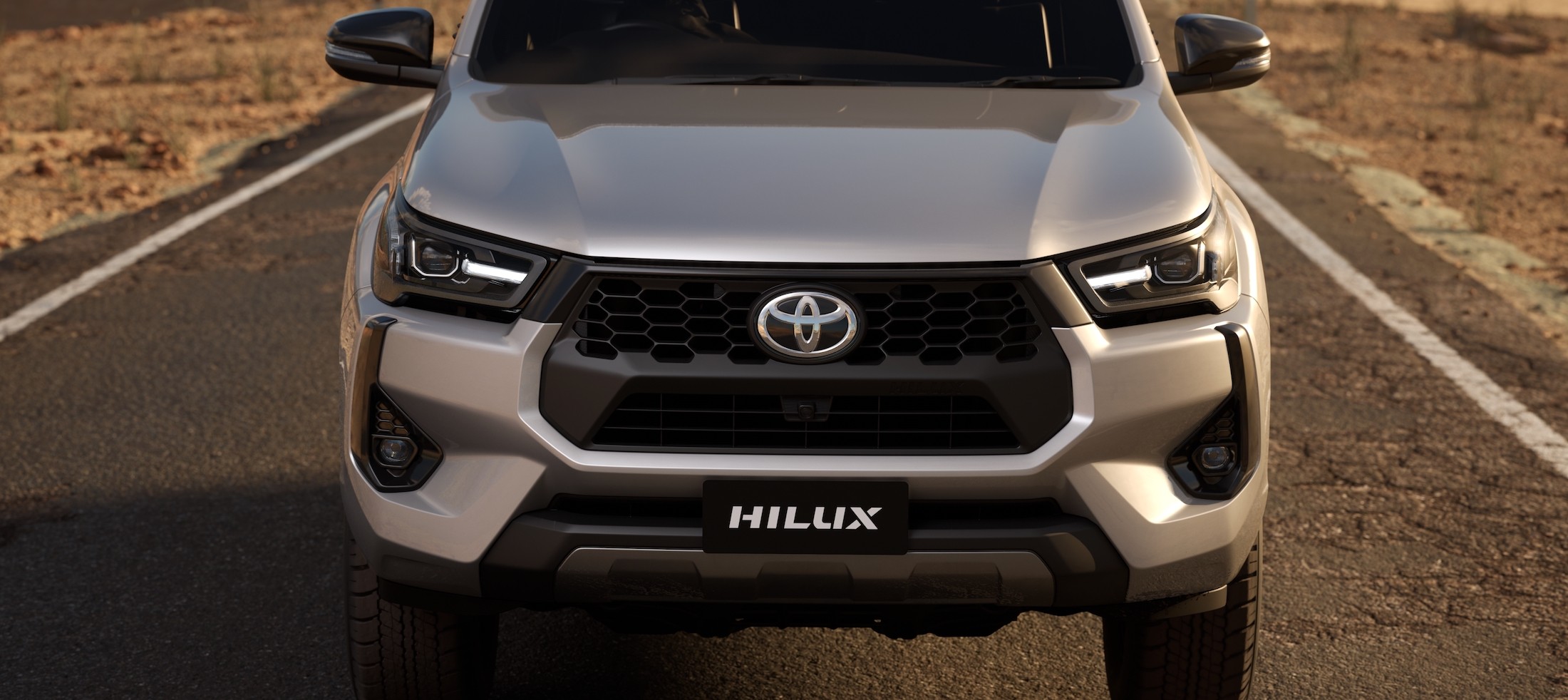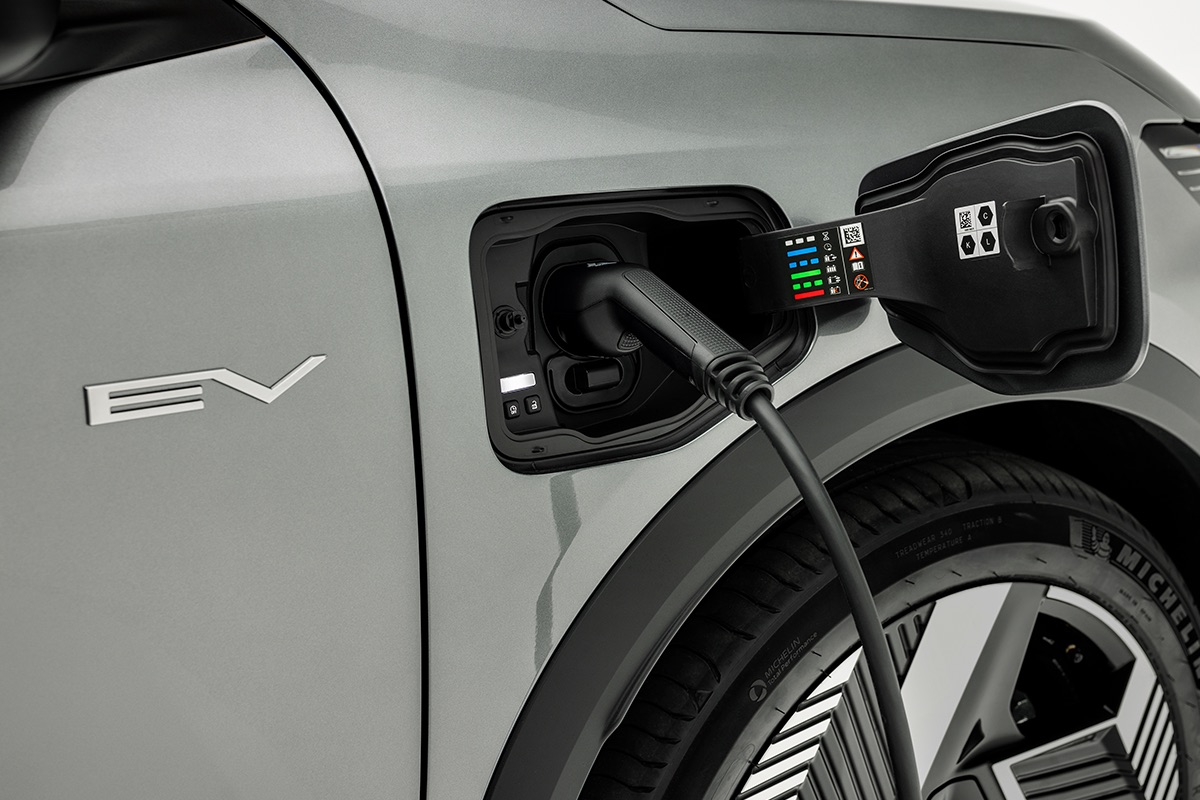This is going to be a hard pill to swallow, especially for plug-in hybrid electric vehicle (PHEV) owners, but statistics do not lie. According to CR (Consumer Reports), hybrids have far superior reliability compared to PHEVs. Every year, CR compiles info and data from its members about problems that they have encountered with their vehicles in the past 12 months.
This year, CR accumulated data from over 330,000 vehicles dated from 2000 to 2023 model years with a few additions of early 2024 models. However, because this CR is a US-based report, certain models may not be relevant to the Malaysian market.
The main comparison here is towards traditional ICE (Internal Combustion Engine). Electrified models, particularly hybrids, have emerged as frontrunners, showcasing superior performance compared to traditional ICE vehicles. However, the report also sheds light on the mixed performance of PHEVs, with notable variations in reliability among different models.
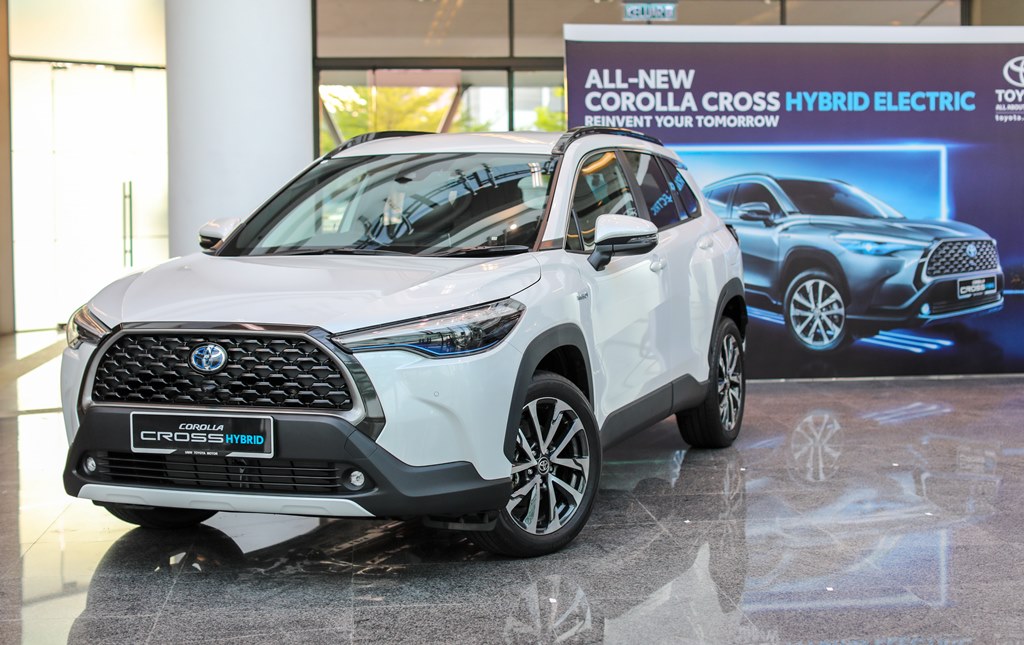
The evaluation delves into 20 trouble areas across various vehicle types, providing a nuanced perspective on mainstream models. This thorough evaluation encompasses everything from minor nuisances like squeaky brakes to major concerns such as out-of-warranty engine, transmission, EV battery, and EV charging issues.
Consumer Reports employs a meticulous approach, weighing the severity of each problem to generate a predicted reliability score for each vehicle, ranging from 1 to 100. This score is instrumental in determining the overall reliability rating for every major mainstream model. The reliability rating is then merged with data from track testing, owner satisfaction survey results, and safety data to calculate each vehicle’s Overall Score.
(more…)

